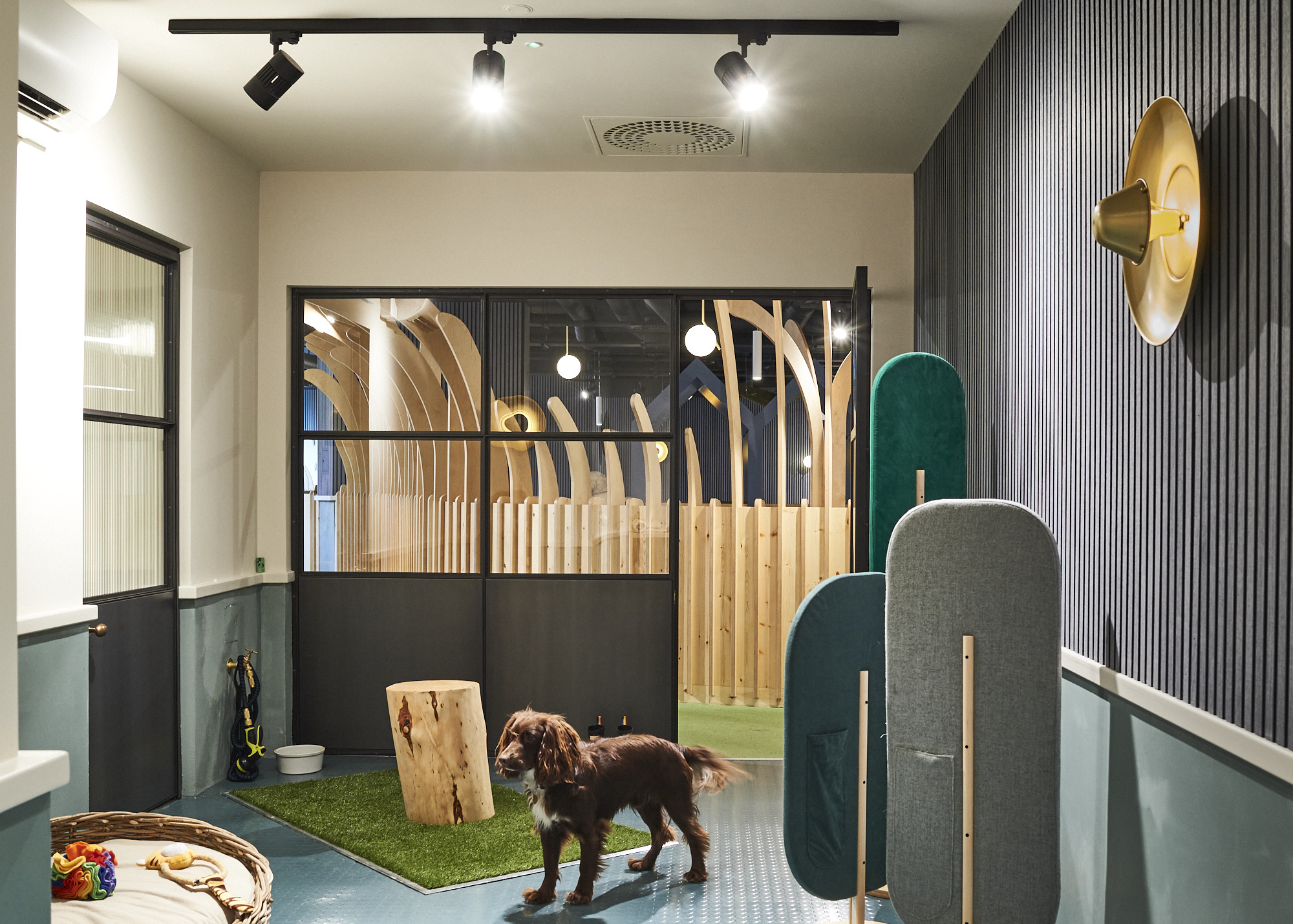Navigating Canine Adolescence
Canine adolescence is essentially when your puppy becomes a teenager, and we all know that this can be a tricky stage of human life to navigate through! Similarly, managing this stage of your dog’s development can be fun, but potentially challenging. It generally occurs during the period from puberty to adulthood, whereby the body becomes sexually mature and capable of reproduction, and typically takes place between 6-9 months in males and 6-18 months in females, though it varies depending on breed and individual.
During adolescence, undesired behaviours can develop and many owners don’t anticipate these changes or feel equipped to manage them. This is sadly why dogs are statistically more likely to be re-homed around this age.
With some preparation and a better understanding of the changes and challenges your dog is likely to go through, as well as what they need during this time, you will find that you are able to help them through to adulthood, live harmoniously together in the process and even strengthen the bond you have with your four-legged friend.
What are some of the changes & challenges your dog might face?
- Humping, mounting, mating
- Competing to mate – growling, lunging, barking, fighting
- Boisterousness, general aggression & fear aggression – barking, lunging
- Resource guarding of food & beds
- Territorial defence – barking at the front door, in the garden, at noises etc
- Marking, in both males and females
- Decreased sociability & play
- Increased social exploration, making dogs appear less obedient – no recall, not listening, pulling on lead
- Weakened immune system – infections, allergies, digestive issues
- Increased stress generally

Stress matters even more during adolescence.
Canine adolescence can bring about increased fear and stress – you may notice your dog becoming jittery, unpredictable and skittish. However much this takes you by surprise, it is important that you remain calm and relaxed and don’t give them any further reason to feel further stressed. Support your dog and advocate for them by trying to keep things consistent, predictable and safe.
What can cause stress?
- Social isolation – being shut in a crate or left alone for long periods can lead to behavioural hyperactivity
- Being misunderstood – strive to understand your dog, what they might be feeling and what they need day-to-day.
- Owner demands – are we asking too much of them? Are we expecting them to fit into our lives without considering what is natural for them?
- Too much adrenaline through over-excitement, fear or frustration
- Fears – newly developed, recurrent or inescapable
- Over-exertion – too much exercise, fast or intense exercise, not enough sleep.
- Not enough food
- Lack of choice
- Boredom
- Pain, discomfort or illness
- Insecure attachments

How to set your dog up for success
Firstly, do your best to prevent stress.
- Recognise the cause & avoid any stressful or intense situations
- Reassure a fearful dog
- Provide regular contact with dog friends
- Allow plenty of rest
- Give them appropriate exercise & training
- Provide mental enrichment
- Build & maintain healthy social attachments
- Consider whether neutering, spaying or chemical castration is appropriate then plan carefully & look at all options
Secondly, manage active time. Did you know, dogs only need to be active for 8% of the day? Many people increase exercise in adolescent dogs in a deliberate attempt to ‘wear them out’, but this can result in increased irritability, stress and emotional reactions. Higher adrenaline means more reactivity, more reactivity means higher adrenaline.
What are some appropriate activities for your adolescent dog?
- Practice calm loose-lead walking
- Give your dog freedom to choose where to go, which direction to take on a walk
- Go on social walks with other dogs, preferably older dogs who can act as a mentors
- Give them freedom to sniff & mooch
- Limit demands & commands
- Give them off-lead time in a safe area
- Discover new places together
- Use proper equipment – an appropriate, comfortable harness & long lead
- Mental stimulation & enrichment
Thirdly, be sure you’re providing enough food. For all the essential changes in adolescence to occur, the uptake of sugar and energy into the brain is prioritised, which is the reason that human adolescents are so hungry. So, it is important to ensure our adolescent dogs have enough food as low blood sugar can lead to unwanted behaviours.
Speak to a professional
If you’re finding this stage tough to navigate, you’re not alone and you don’t have to figure it out by yourself. Reach out to a qualified dog behaviourist for guidance and support. A little expert insight can make a big difference for both you and your dog!
